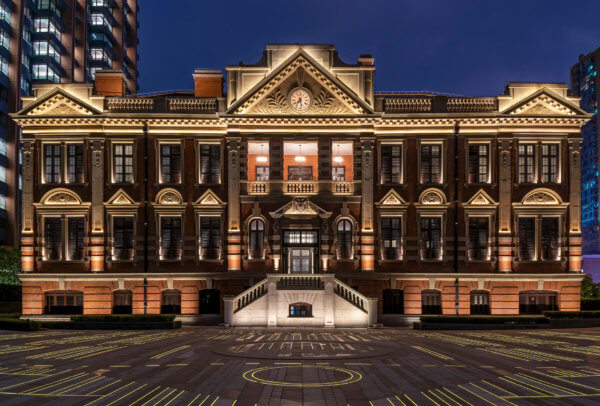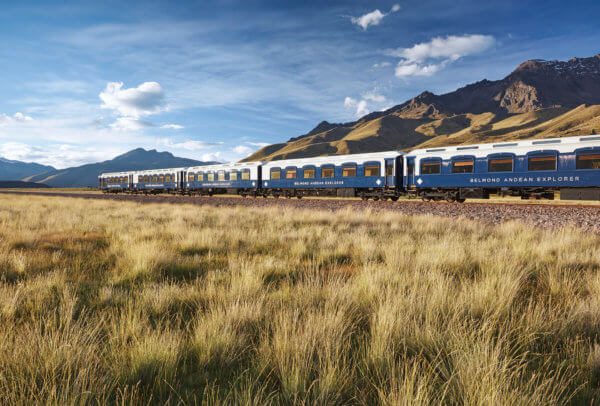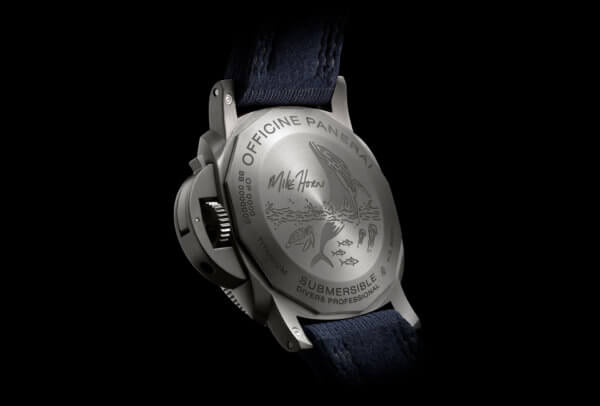Once upon a time, we purchased future heirlooms, to be passed down between generations. Today, we’re more likely to buy memories. Or so it would seem from the rapid rise of “experiential luxury”, to borrow the jargon. The market for luxury experiences – think exclusive cruises, off-the-beaten-track excursions, fine dining or boutique hotel stays – is gaining a strong foothold in the luxury market, growing twice as fast as luxury goods.

Joëlle de Montgolfier is senior director for consumer products, retail and luxury practices at Bain & Company. She explains how the segment of personal luxury goods (fashion, leather accessories, hard luxury, fragrance and cosmetics) reached €260 billion in 2018, increasing by 6% on 2017 and by an average 5% per year since 2010. Over the same period, experiential luxury grew at a much faster rate. Between 2010 and 2017, the market for “in-home luxury” (fine art, design, food, wines and spirits) progressed by an average of 6.5% a year. Over the same period, luxury travel, hospitality and dining gained in excess of 10%.
LVMH sets the pace
The latest major transaction in the sector says it all. Mid-February, Belmond’s shareholders accepted LVMH’s offer to acquire the company for €2.8 billion. The world’s biggest luxury group couldn’t be clearer about its intentions. Belmond owns 34 luxury hotels worldwide. Properties include the Cipriani in Venice, Grand Hotel Europe in St. Petersburg and the Copacabana Palace in Rio de Janeiro – legendary destinations in exceptional locations where guests enjoy curated, personal service. In addition to its hotels, Belmond is also the owner of the iconic Orient-Express train which travels between London and Budapest via Paris and Venice.
This upsurge in experiential luxury can also be traced to the growing pervasiveness of digital media.
Until the Belmond deal, LVMH had an understated presence in luxury hospitality – considering the group’s €47 billion in revenue last year – with Cheval Blanc properties in Courchevel, the Maldives and St. Barth’s, plus two more hotels scheduled to open in Paris and Saint Tropez. But this is changing: in addition to the Belmond acquisition, LVMH-owned Bulgari is expanding its portfolio of hotels, which offer a complete immersion in the surroundings of the brand’s unique style. After Milan, London, Dubai, Bali, Beijing and Shanghai, soon Paris, Moscow and Tokyo will get their taste of Italian refined living.
Panerai catches the bug
Needless to say, each of these destinations will become a showcase for the products of the LVMH brands, which range from leather goods and perfumes to champagne, watches and jewellery, through exclusive events for guests who might not visit one of the group’s boutiques. Those who do will find that experiences are also part of the mix, with original artworks lining the walls, breakfasts served to the best customers before opening, and garden parties in summer. This upsurge in experiential luxury can also be traced to the growing pervasiveness of digital media, as David Dubois, associate professor of marketing at INSEAD business school in Fontainebleau, near Paris, explains: “Digital gives consumers the opportunity to share everything, whether material purchases or experiences. However, whereas the many images posted online tend to decrease the value of material luxury by showing the same product for everyone, experiences are by definition unique. This is one of the reasons why the big luxury groups are acquiring or creating experiential products.”

Transposed to the watch industry, the question remains the same: how to transform a timepiece into a moment to remember? The answer, which goes beyond the four walls of the boutique, is clear in the mind of Jean-Marc Pontroué, newly-appointed CEO of Panerai. Asked by Swiss magazine Bilan what he wanted to bring to the brand, he replied: “A high level of customer experience. I caught the bug at Roger Dubuis and I intend taking the concept even further. I’ll apply it to the limited-edition Panerai watches that the fan community, the “Paneristi”, have always supported. You’ll have the product and the chance to experience it, somewhere in the world, in the company of Mike Horn, or Guillaume Néry, or Italian navy commandos, for example.” Accordingly, the brand came to the SIHH watch fair in Geneva last month with three limited-edition Submersibles that have tie-ins with its ambassadors. A happy few buyers will join adventurer Mike Horn on a trip to the Arctic ice floes, or plunge into the waters around Moorea, in French Polynesia, with freediving champion Guillaume Néry, or jump out of a helicopter into Italian waters, (temporarily) sporting the badge of the Italian Navy commandos on their dive suit.

No doubt the recent partnership with Luna Rossa, the challenger hoping to win the next America’s Cup for Italy, will give Panerai ideas for more experiences to offer its fans. For when the watch isn’t enough.





















